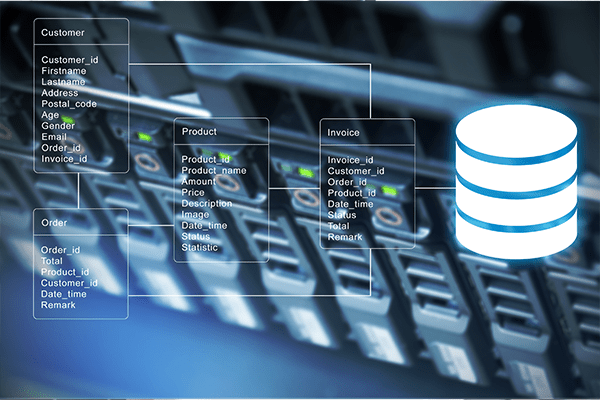Easier said than done! According to a Deloitte study, it usually takes 12 to 18 months to roll out a new insurance product. Even modifying existing coverage requires three to six months.
The mandate for speed is hampered by outdated legacy applications and operational silos. Often overlooked is an insurer’s inability to create replicable processes to build efficiency. To put it plainly, launching a new product means doing many things that the insurer has done before. With a structured methodology for product launch, insurers can use these repeatable tasks as a basis for customization rather than the inevitable mountain of repetitive busywork.
Speed to market doesn’t just mean faster product launch, of course. It also means updating products quickly and pushing them out across multiple distribution networks. Internal inefficiencies create friction, resulting in product rollout that is both time- and labor-intensive.
To address the twin challenges of accelerating the launch of new products as well as the maintenance of existing products, P&C insurers are levelling up their agility with substantial investments in product development solutions at scale. A modern product development solution must provide a structured methodology to launch products fast and make products available as a service.
Creating a shared blueprint using a product development solutions helps insurers expedite the repetitive launch processes for multiple products and geographies in product development, maintenance, and rollout. That blueprint includes integrating with administrative systems and portals, preparing the necessary materials for risk assessment and underwriting, and all customer-facing capabilities.
This is the first post in our new blog series on the possibilities and challenges of product development in P&C insurance. We’re sharing our expertise on creating and maintaining insurance products to give you new ideas to enhance the ease of doing business. We’ll look at lessons learned from our clients, specific case studies, thought leadership, and technology trends that affect your product development processes.
We’ll be posting more content on thought-provoking technology topics that affect the industry in the following weeks. Our next topic is the top pain points in product development.
To learn more about the power of repeatable processes in product launch, check out our case study library to learn how we helped Players Health achieved an impressive 90-day launch for their new GL product for sports organizations as well as other success stories from our clients.
At OwlSurance, we have years of experience working with our insurer and MGA clients to streamline their business processes. We help our customers prioritize ease of doing business and provide the technology and insurance know-how to help them get there.
About OwlSurance
At OwlSurance, a cloud business unit of ValueMomentum, Inc., we offer a unified data platform because we believe in the power of unified data to transform how people do business. Let us help accelerate your data journey with the right technology and the expertise you need to put it to work for you. For more information, visit us at www.owlsurance.com.


